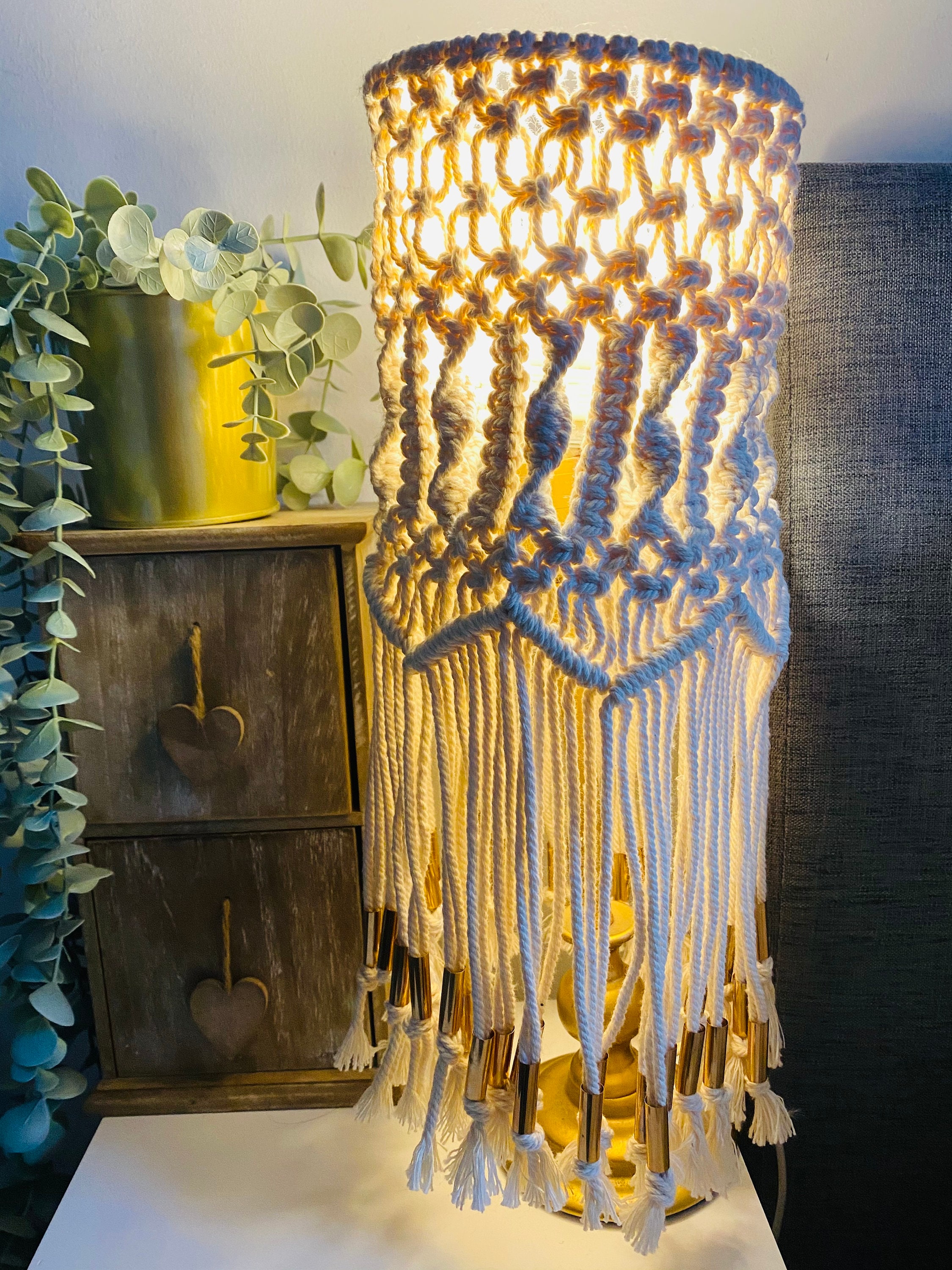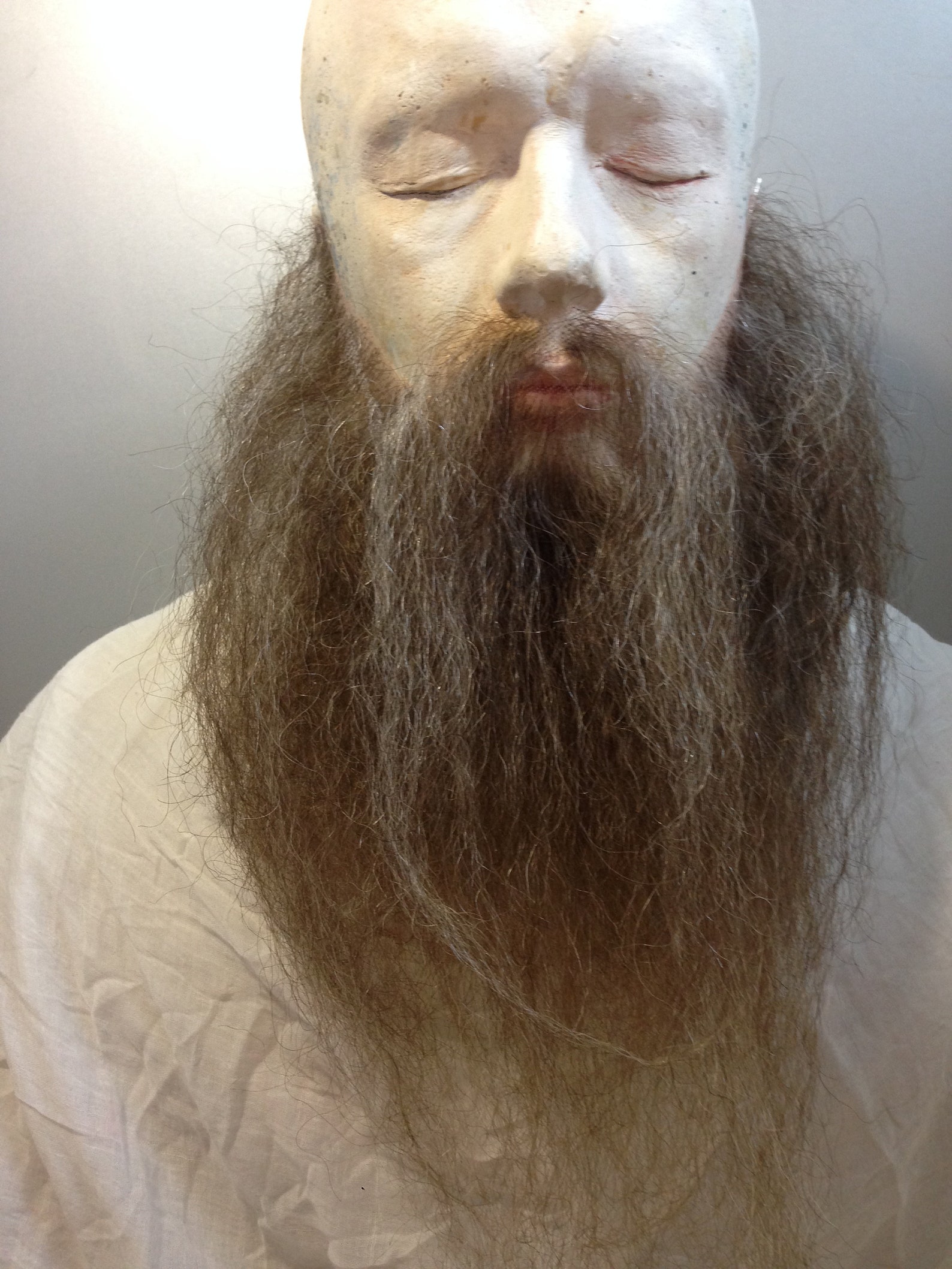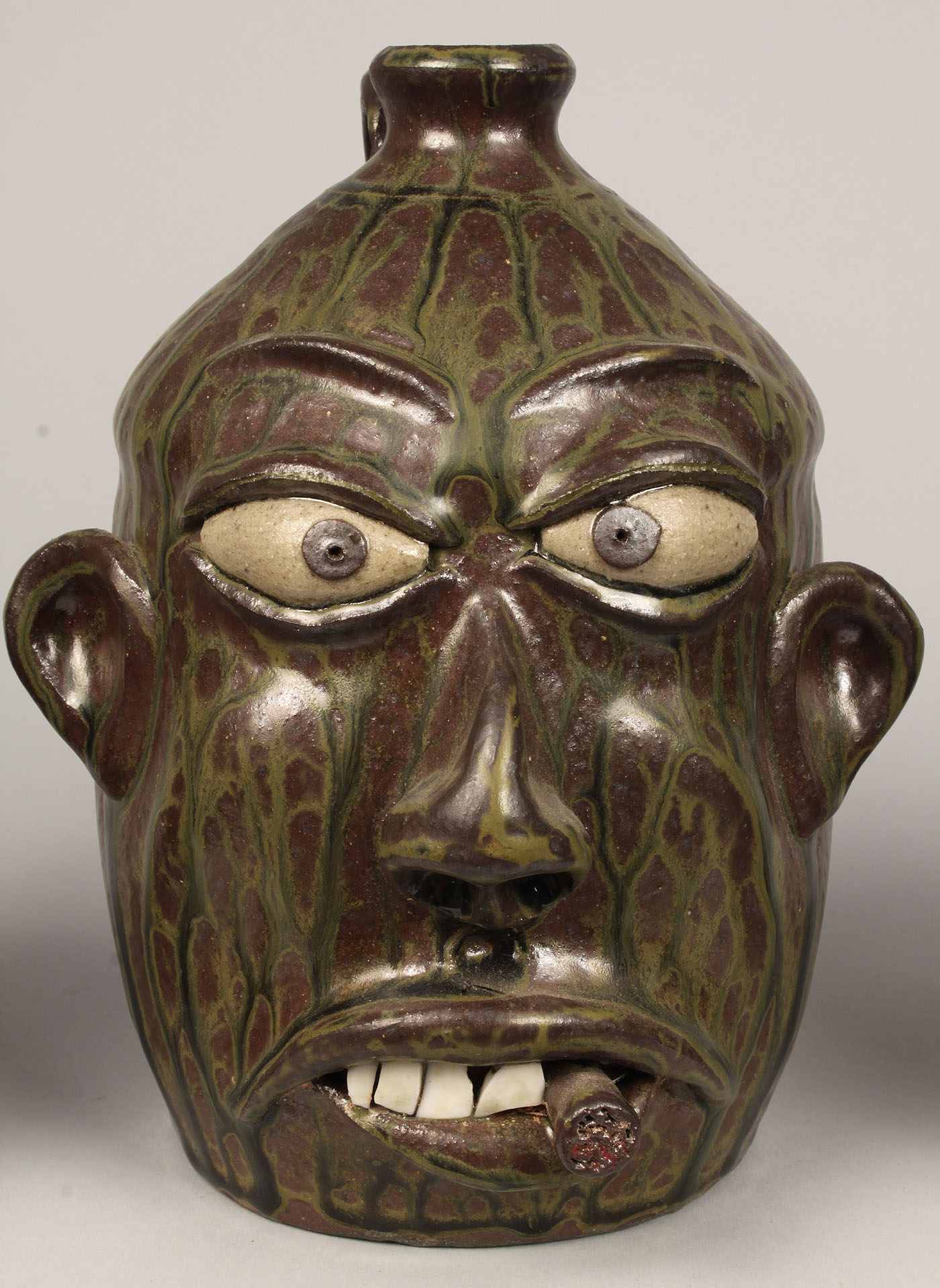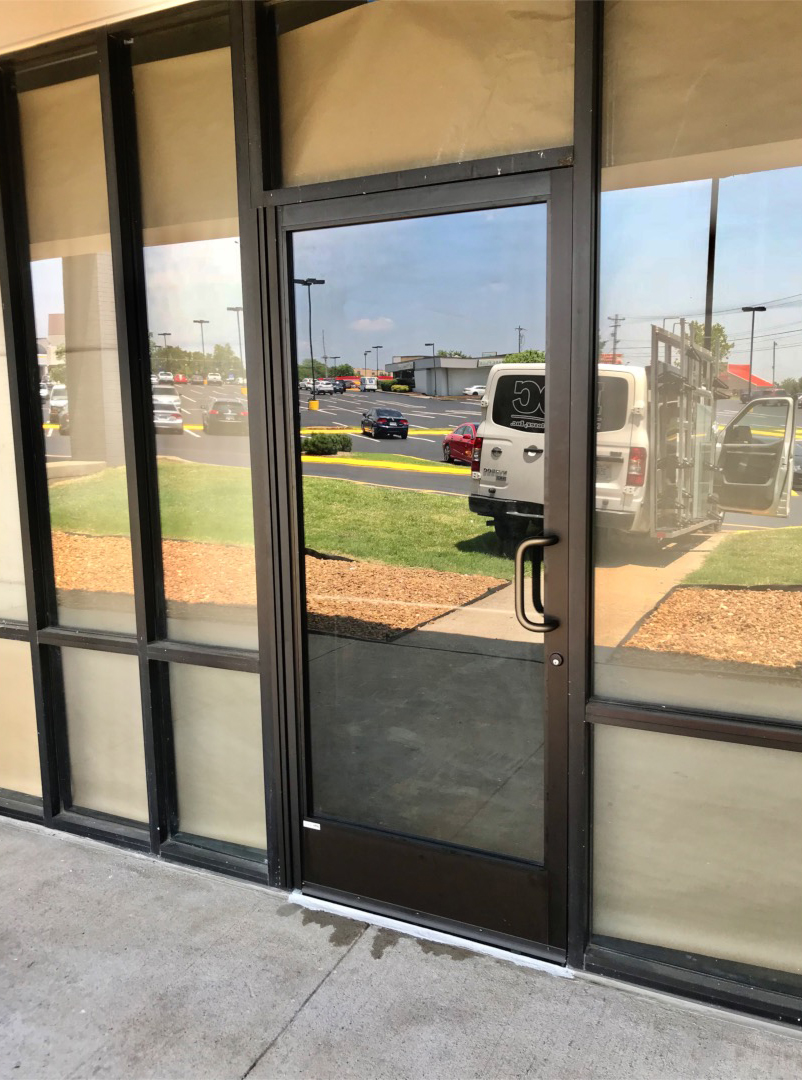Table of Content
This article covers 7 ways of firing pottery and some of the things you need to know about each method. Glaze your own ornaments to give to your loved ones! You will select three pre-fired ornaments to paint and glaze, learning about glazing techniques and color application.

Begin by drilling a few holes in the base of a steel trash can to allow for airflow, then lay down a base of gravel. Then, layer a combustible material on top of the gravel, and a layer of pottery on top of that, and continue to build in this manner. You are also free to sprinkle on metal oxides and salts to shift colors and add surface design to your pottery. Once your pottery comes out of the bisque fire, it is ready to be glazed. Pottery glazes are an impenetrable layer or coating applied to bisque-ware used to decorate pottery and waterproofing. There are many possibilities when glazing pottery and ceramics, from colorful patterns to mineral reactions.
Can you paint over glazed ceramic?
And nestle them into the coals so the pots are surrounded. If your pieces are larger, put some more coals on top of the pots gently to cover the pots entirely. Microwave kilns are made to reach temperatures up to around 1650F .

Even if you don’t want to glaze your pots, it’s best to decorate bisque ware. The first firing is the bisque fire, which turns clay into hard ceramic matter. Pottery that has been bisque fired, is called bisque ware. A sealer will protect the acrylic paint and make it more water-resistant. Even with a sealant, decoration on ceramics with acrylic paint won’t be as durable as glazed pottery.
Can you wipe off glaze before firing?
Handbuilding is an easy technique to start with, and wheel throwing takes practice but can also be very rewarding. Clay can be prone to cracking and breaking, so when you begin to make pottery remember that everything you make can break at any moment. Clay is one of the widely available raw materials for creating ceramic objects.

You can also wear safety goggles to make sure glaze doesn’t get in your eyes. Everything we make starts with the earth—but these areas of study work more directly with materials taken directly from nature. For the decoration to last longer on your piece, you should seal your ceramics with a masonry sealer or modge podge. The baking time varies as thicker projects can take up to three hours to finish, but your task is done as soon as the material becomes hard. Once fired, the aluminum saggar is removed to reveal a lovely array of colors and patterns. And if you have an experimental streak, raku firing might be for you.
What Type of Glaze Should You Use?
Air is drawn in through the top of the barrel and down through the chamber. It is possible to boost the temperature in a barrel kiln even more by creating a draft using a flue. Light the fire using some paper pressed into the gaps between the wood. Once the flames have burned down, put the lid on the barrel. Leave a crack in the lid so that air can continue to flow for a while.

Glazing can also enhance the colors of your underglazed pottery. The color selection is endless, especially if you make your own glazes. Whether you’re looking to add a pop of color or you want to try something new, glazing your pottery is a great way to achieve the look you desire. Glazing your bisque ware gives it an entirely new look!
Step 2
Potters use wheel throwing to create symmetrical pottery and slip casting to create multiples of one object. They may also use hand-building techniques such as slab rolling, coiling, and pinching. Kilns heat up to ranges from 1800°F (982℃) to 2400°F(1315℃). You will need to look for Low-fire glazes because you don’t have access to this extreme amount of heat to glaze clay pots. You can also make your own glaze with a lower melting temperature.
It requires mixing the glaze, applying it to the pottery, and firing the pottery again. If you don’t have the time or patience to do all of that, you may want to skip the glazing step. This process depends on the type of clay you use and the temperature you fire to. Many Stoneware, Porcelain, and Ball clays can all vitrify when fired at high temperatures – typically over Cone 10, which is 2345℉ (1285℃). So, if you are using one of these Types of Clay and firing to a high enough temperature, you don’t need to worry about glazing your pottery. Instead, you can enjoy the natural beauty of the clay itself.
Before heating the kiln, you position the pottery on a kiln shelf in the trash can. The lid is put on the top of the kiln and you like the propane burner. This is then positioned at the burner port to heat the kiln. With an updraft barrel kiln, the chimney is on the lid of the kiln.

Burnished clay makes for a beautiful smooth pot with a satin finish once fired. When you’re using a charcoal grill to fire pottery, you need the pots to be nestled in the hot coals. However, getting the pots into the hot coals needs to be a gradual process. It’s not a good idea to simply bury the pottery in red hot coals. The change in temperature would be too much for the clay to cope with, and they might crack. Whilst the coals are getting hotter, it’s a good idea to place your pots near the coals.

No comments:
Post a Comment